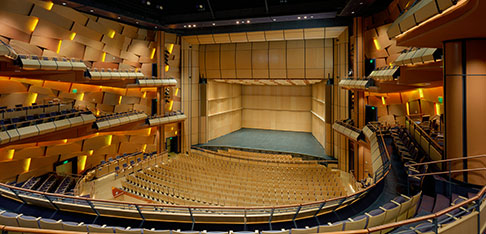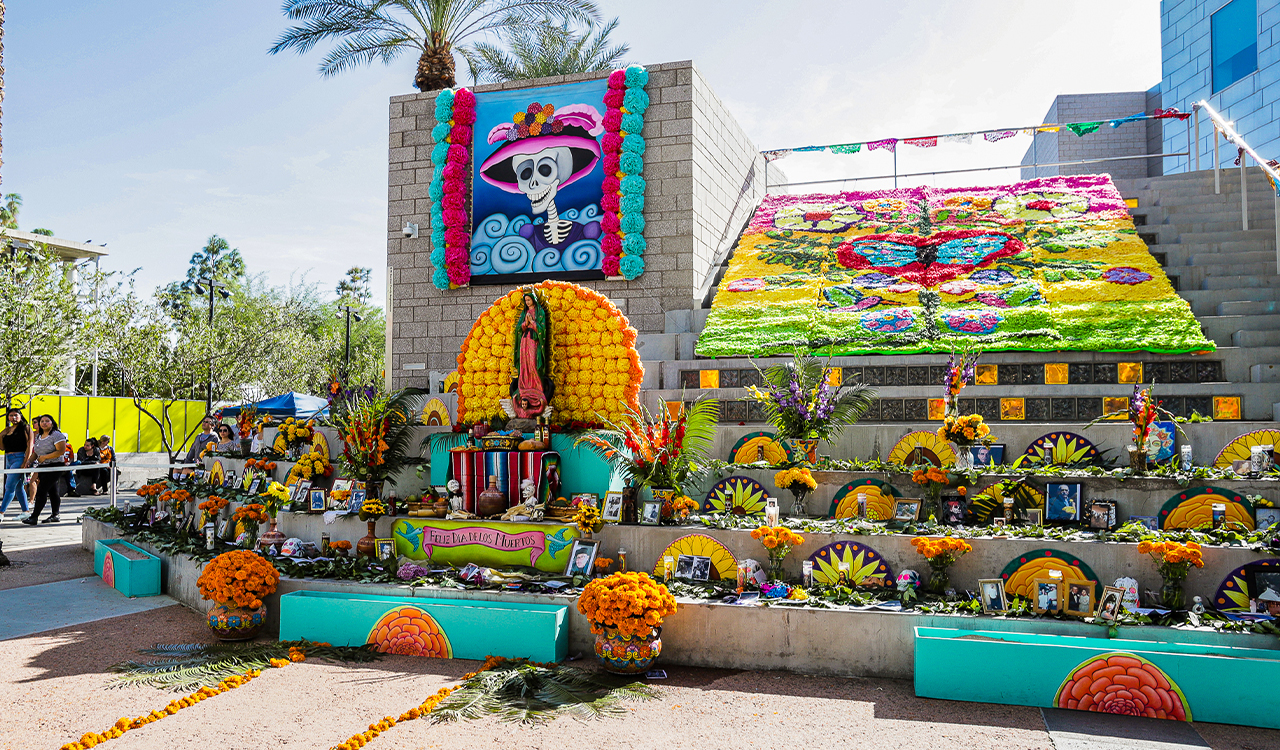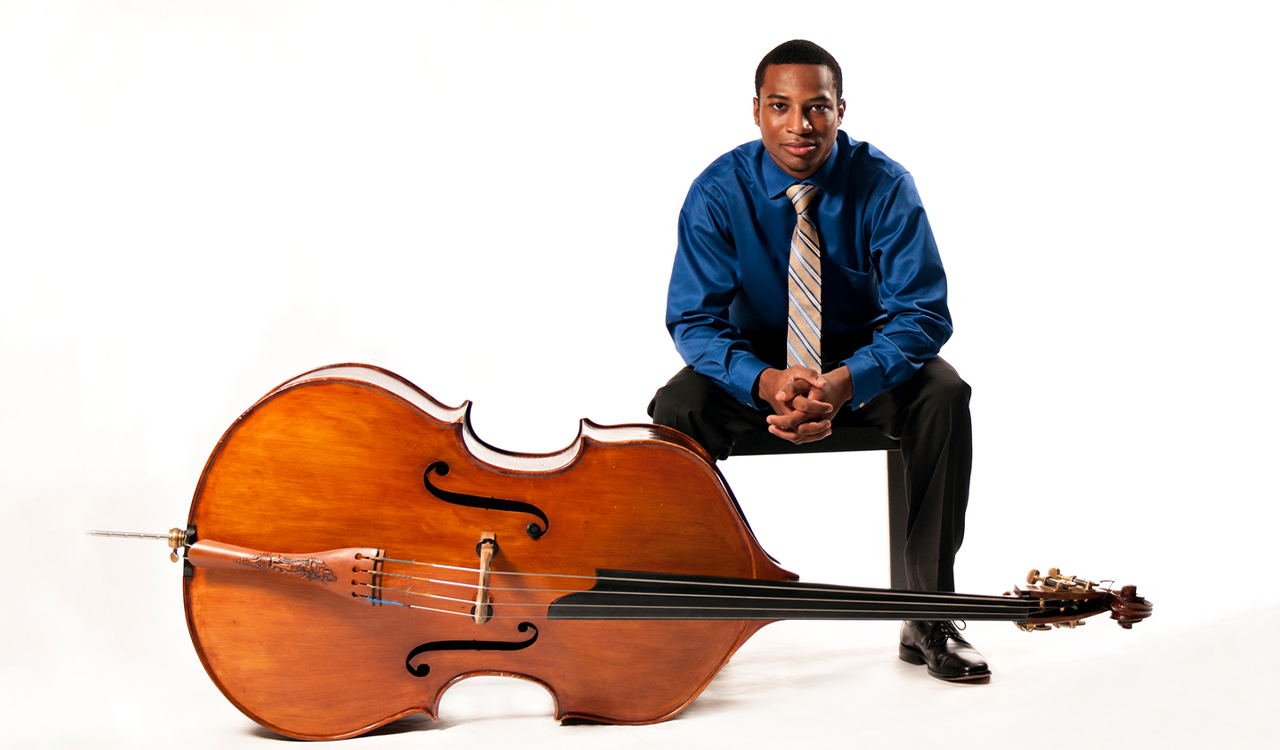
Full Calendar Broadway Classical Concerts Dance Jazz
National Geographic Speakers Theater/Comedy Summer Series Performing Live Programs

We are thrilled to bring our free annual Día de los Muertos Festival back to the MAC campus as an in-person event on Sat, Oct 23 and Sun, Oct 24! This much-loved festival is a celebration of Latin American art and culture related to the Mexican holiday, Day of the Dead. In order to celebrate to the fullest, here's some things you should know about Día de los Muertos!
There is a rich history behind the celebration of The Day of the Dead (Día de los Muertos) that dates back some 3000 plus years. Although associated with Mexico, it is a holiday celebrated throughout Latin America. The 2-day holiday is celebrated November 1 and 2. With November 1 being Día de los Inocentes (Day of the Children) and November 2 All Souls Day or Day of the Dead.
Before we get into the traditions, lets go back some 3000 years. The origins of the Day of the Dead are believed to be rooted in pre-Columbian Mesoamerica. Historians note the Aztecs saw death as an integral and ever-present past life. They believe that upon dying a person’s soul traveled to the Land of the Dead but only after going through nine challenging levels. A journey that could take many years before their soul could reach its final resting place.
Tradition states, the border between the spiritual world and the real-world dissolve. Meaning the gates of heaven open at midnight on October 31 and spirits of children can rejoin their families for 24 hours. Spirits of adults can do the same on November 2. The souls return to the living world to feast, drink, dance, play music and be with their loved ones.
The rituals to honor the day the Aztecs did back then are what have inspired our present-day practices. Family members provide food, water and tools to aid the departed in their journey through the afterlife. Leaving these items on graves or Ofrendas (Altars).
The decoration of the grave sites or Ofrendas, are done with candles, bright marigolds, food, fruit and more. They include four elements …water, wind, earth and fire. These elements represent the deceased journey as they find the path to rest in peace. The structures are usually several levels that represent heaven, earth and the underworld. The food and drink are to be what the deceased would have enjoyed while they were alive. Photos and personal items from the deceased also adorn the Altars. Salt, so that the body is not corrupted in its trip for the following year. The Marigolds bright color and potent smell help lure the deceased soul back to their home. Sugar Skulls represent the person’s spirit.
The most familiar symbol of Día de los Muertos may be the calacas and calaveras (skeletons and skulls), which appear everywhere during the holiday: in candied sweets, as parade masks, as dolls. Calacas and calaveras are almost always portrayed as enjoying life, often in fancy clothes and entertaining situations.
Most notable is the Disney and Pixar blockbuster animated hit Coco, a homage to The Day of the Dead, in which a young boy is transported to the Land of the Dead and meets up with his long-lost ancestors.
We hope to celebrate with you at our Día de los Muertos Festival!

Prolific choreographer and dancer Martha Graham has said: Dance is the hidden language of the soul. There’s
Read More
Lights, Camera, Action! Or at least the staff at Mesa Arts Center make it look that easy. The process of putting on a
Read More
Well known in the classical music scene for communicating his emotions through his performances, Xavier Foley, a concerto
Read More
Tony and Emmy-award winning actress and singer Kristin Chenoweth, has a career that reads like a Hollywood
Read More